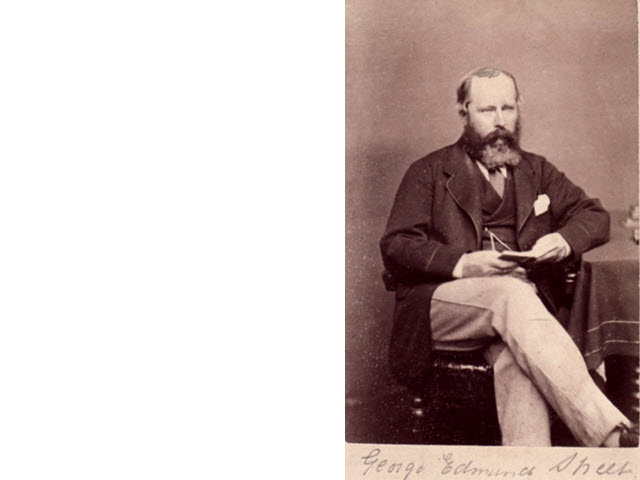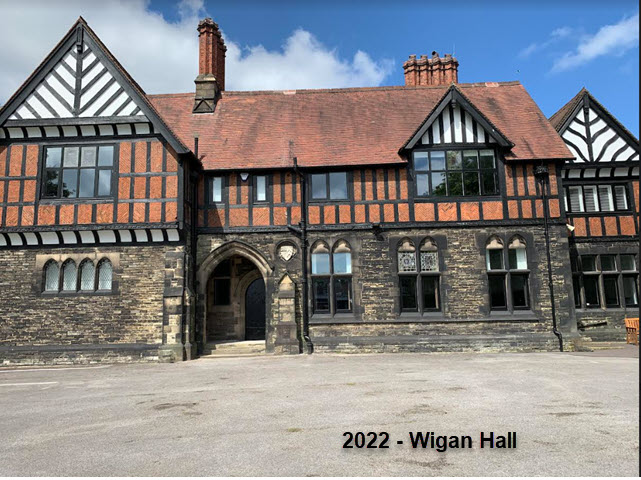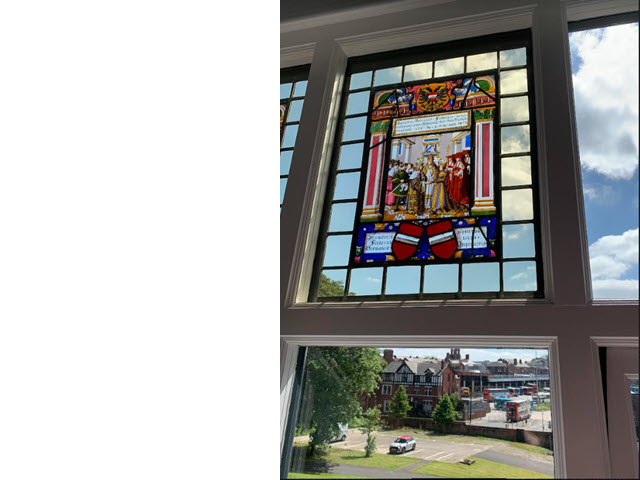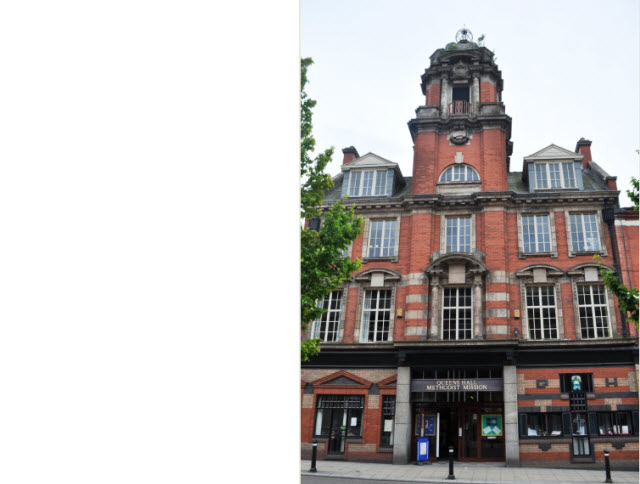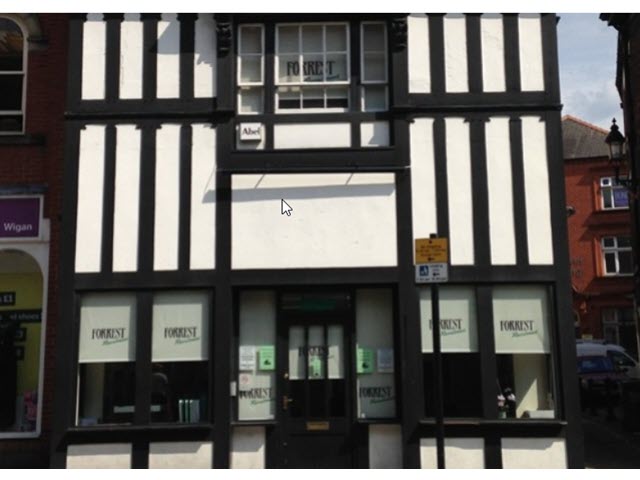Wigan Hall
New Market Street, Wigan
Description
Rectory. 1875-6, by GE Street, for the Bridgeman family.
George Edmond Street was primarily a London-based ecclesiastical architect.
Built at a cost of £9,249 8s 9d.
Other architectural works by G.E. Street - Link
2020 - Underwent restoration and alterations, now completed and an excellent example of sympathetic restoration.
Short History
At the bottom of the hill which slopes down northwards from the Parish Church and standing on its own small hill is The Hall, the home for many centuries of the Rectors of Wigan. From the earliest times until they sold their manorial rights to the Wigan Corporation in 1861 the Rectors of Wigan were also Lords of the Manor of Wigan and so the Rectory was known as the Hall.
Little is known of the early buildings on this site. In 1618. shortly after he became Rector. Bishop Bridgeman made considerable additions to his parsonage, the Hall of Wigan, including a private chapel In 1695 the house was almost entirely rebuilt by Bishop Nicholas Stratford, though some of the older parts were left standing.
This was apparently a “solid but unpretending edifice. In 1790 when George Bridgeman became Rector he found the Hall “a very ancient and irregular building, composed of bricks and slate." It took him twelve years to put it in good repair. Nevertheless, in 1837 Rector Gunning had to spend £2.000 on it. By 1873 the house had been so undermined by the coal pits beneath it that with the exception of the servants quarters it was completely pulled down by G. T. O. Bridgeman. Rector. 1864-1895.
He built the present Hall, completed in 1875. and designed by G.E. Street, in the Tudor brick and half-timbered style. Having been almost sold to the Wigan Corporation, it was saved and completely restored by the present Rector in 1956. The remnants of the pre-1875 buildings, being beyond repair, were demolished and the whole house was put into good order and repair.
Though the house dates only from 1875 it contains several older pieces, probably put in by Bridgeman. In the chapel are the two wings of a German altar piece of late medieval date, each with two ranks of four saints finely carved, and on the back paintings of a similar date. In one of the windows of the house is a panel of Swiss coloured glass dating from 1540-1550, whilst there are modern replicas of other late medieval glas» io other windows. There is also some fire old panelling, either saved from previous houses or brought from elsewhere.
The names of the Rectors of Wigan from 1199 are recorded on a tablet in the South Aisle of the church, the first known Rector being Ranulf. Treasurer of Salisbury. Many of the Rectors have been distinguished men. John Mansel (c. 1242-1264) was Chancellor of the Exchequer to Henry III. It was he who secured for Wigan in 1246 the Charter from Henry III which made it a borough and began its independent civic existence.
John of Winwick (1350-1359) was Keeper of the Great Seal to Edward III. Thomas Linacre (1519-1524) was the first president of the Royal College of Physicians and a distinguished Renaissance scholar. From 1616 to 1707 the Rectory of Wigan was held by the Bishops of Chester and so Wigan came to have as Rector Bishop John Pearson (1673-1686), author of the Commentary on the Creed and one of the Church of England's most distinguished theologians
The patron of the benefice is the Earl of Bradford, the descendant of Sir Orlando Bridgeman who purchased the living c.1661 and whose family have a long and intimate connection with the church and parish.
Source:-
The Parish Church of All Saints – A short History & Guide – J.O.Colling

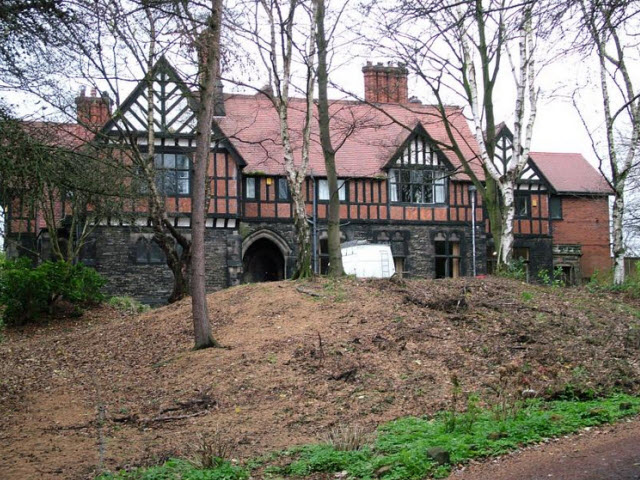
.jpg)
